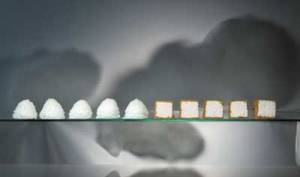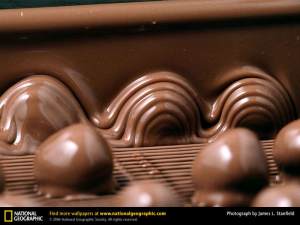Mimesis and Molecular Gastronomy: The Cognitive Dissonance of Food Art
In her first article on food, Rachel Hite considered the “aesthetics of food.” Now she turns to the aesthetic experience of mimesis and cognitive dissonance in the food art of Ferran Adria. “Cognitive dissonance” typically refers to the discomfort felt when one notices a discrepancy between previously held beliefs and observed behaviors or circumstances – how we respond to new encounters based on our expectations built from past experience (click here for more). Ferran Adria puts aesthetic experience in most unexpected places as he explores the world of “molecular gastronomy.”
Click here to read Rachel Hite’s continuing examination of the art of food in her latest article, “Mimesis and Molecular Gastronomy: The Cognitive Dissonance of Food Art.”














